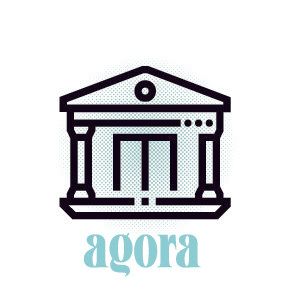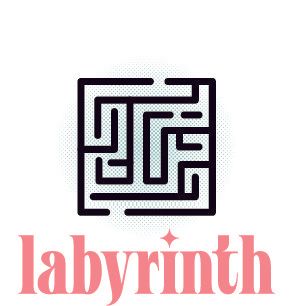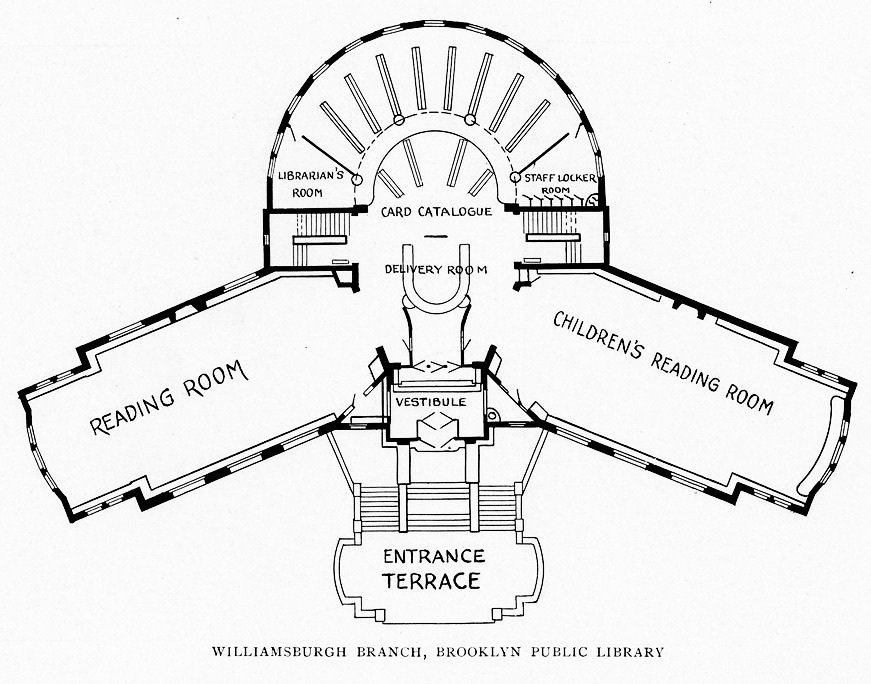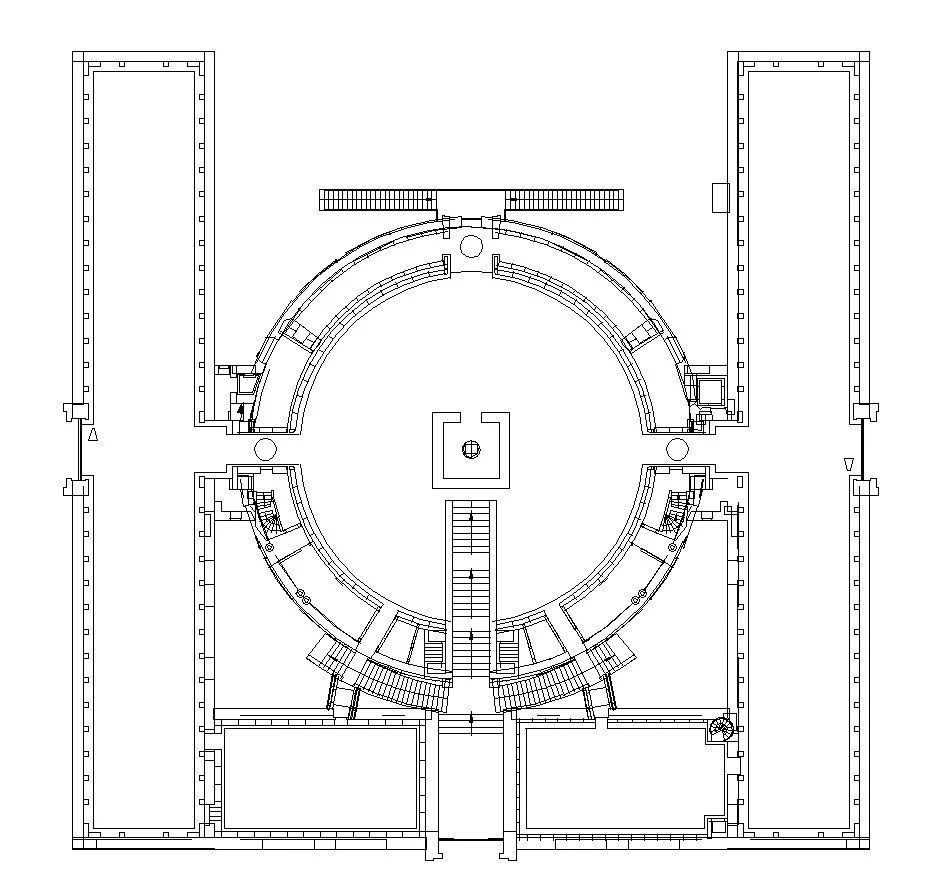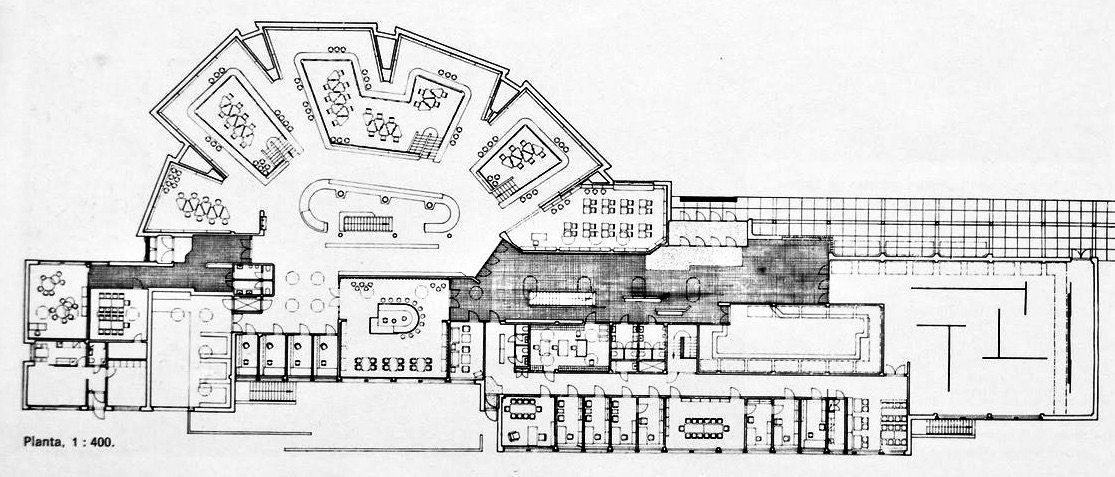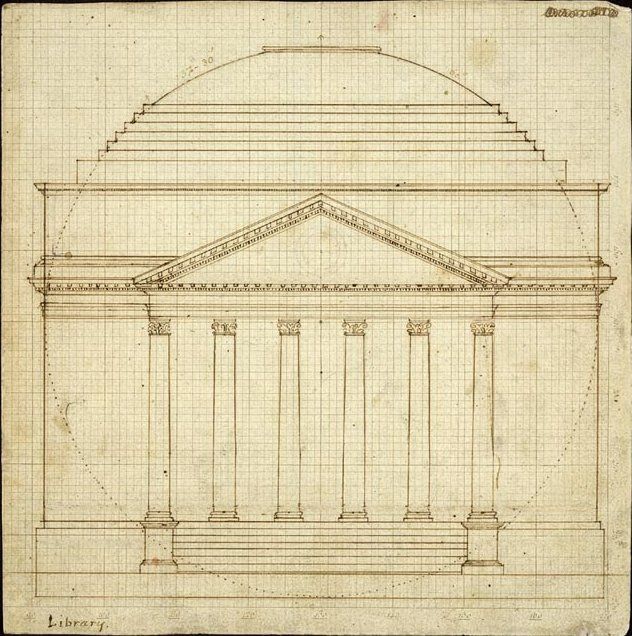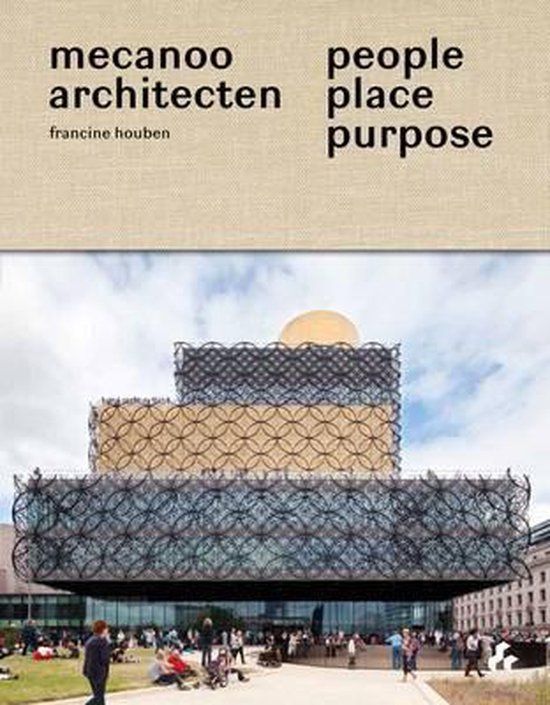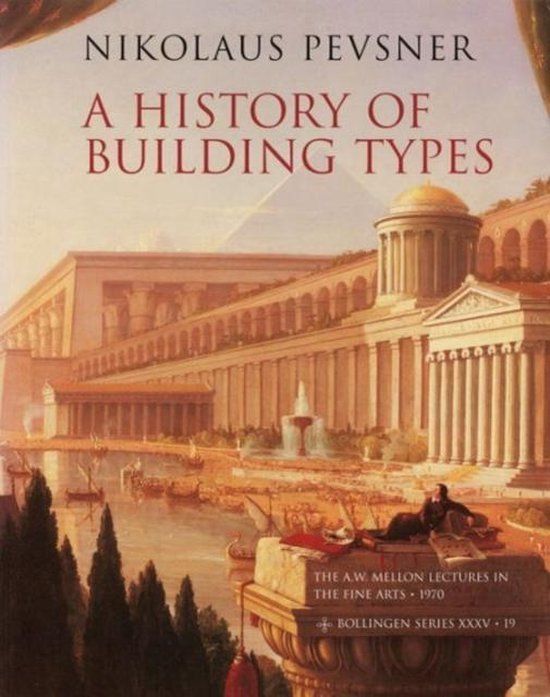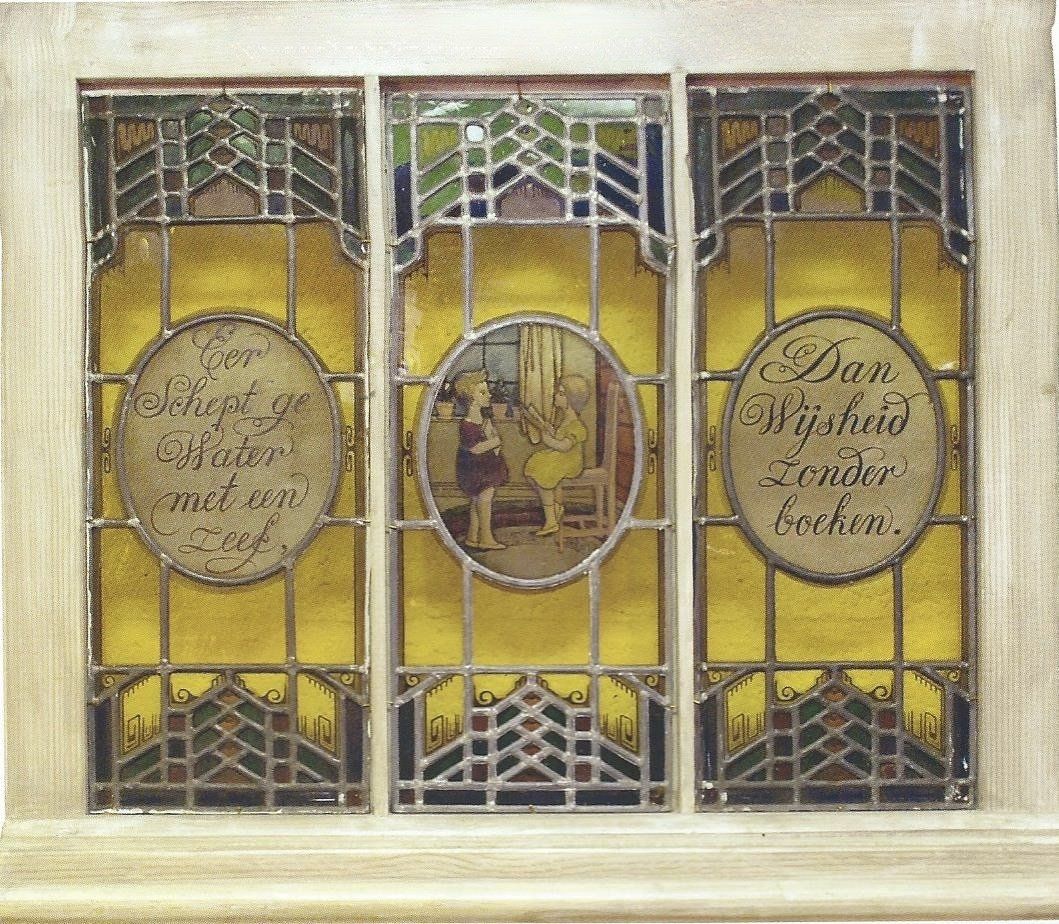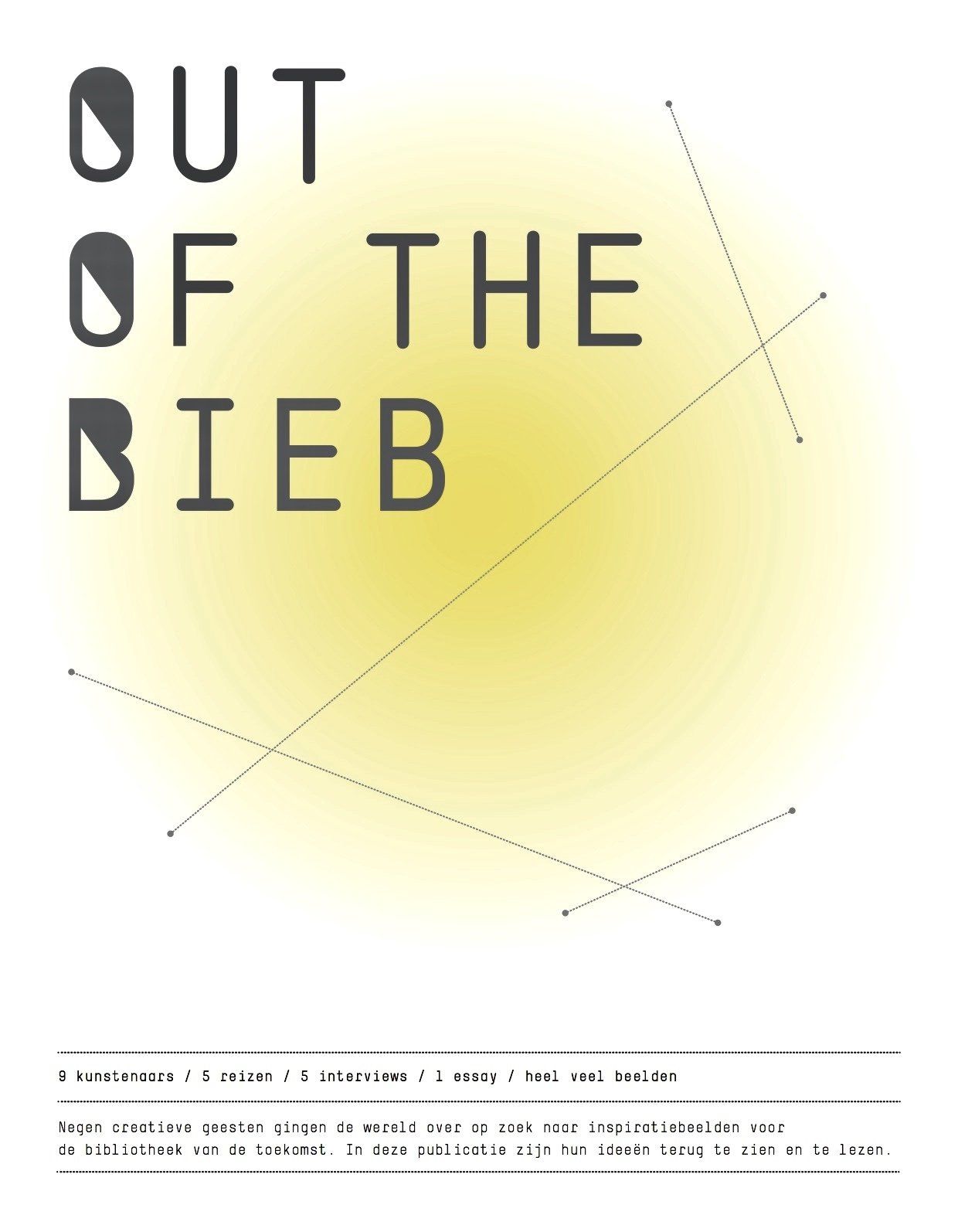Architects and art historians use typologies to identify common features or guiding principles of buildings. It is a way of looking systematically and objectively at commonalities or resemblances between buildings. Recognizing and using typologies can give direction in the design process of a new library building.
Designing the public library of tomorrow has become a challenging task. If librarians and architects are complementary partners in this process, it can lead to new, jointly developed typologies.

HOW THE COUNTER DISAPPEARED FROM THE PUBLIC LIBRARY BUILDING.
The transition from a ‘passive’ library, which collects, unlocks, and makes its collection accessible, to an ‘active’ library, in which users are invited to engage.
The emphasis is no longer primarily on the distribution of media, but on all kinds of creativity and participation. It means that the lending function of the library is becoming less dominant. Not only are fewer and fewer physical books being lent out, but the logistics and technology of lending are also changing, and this is having a major impact on the layout of the building. For a very long time, the counter, as the pivotal point for all lending logistics, demanded a central place in every design and thus acquired an almost iconic function.
SOURCES AND REFERENCES
-
Étienne-Louis Boullée
Button -
Rotunda
Knop -
McKim Building Boston
Knop -
Eric Klinenberg - Palaces for the people
Button -
Mecanoo - People Place Purpose
Button -
Michel Melot - La Sagesse du bibliothécaire
Button -
Nicolaus Pevsner - A History of Building Types
Button -
Bussum (NL) Public Library # Scooping water with a sieve is like wisdom without books
Button -
Max Roser - Books
Button -
Stewart Brand - How buildings learn
Button -
Out of the Bieb
Button -
Distributed network
Button
The Ministry of Imagination is a collective of creative thinkers and doers who use their imagination and complementary skills and talents to help libraries and other cultural institutions realize their plans for the future.
All rights reserved. Rob Bruijnzeels, Joyce Sternheim

